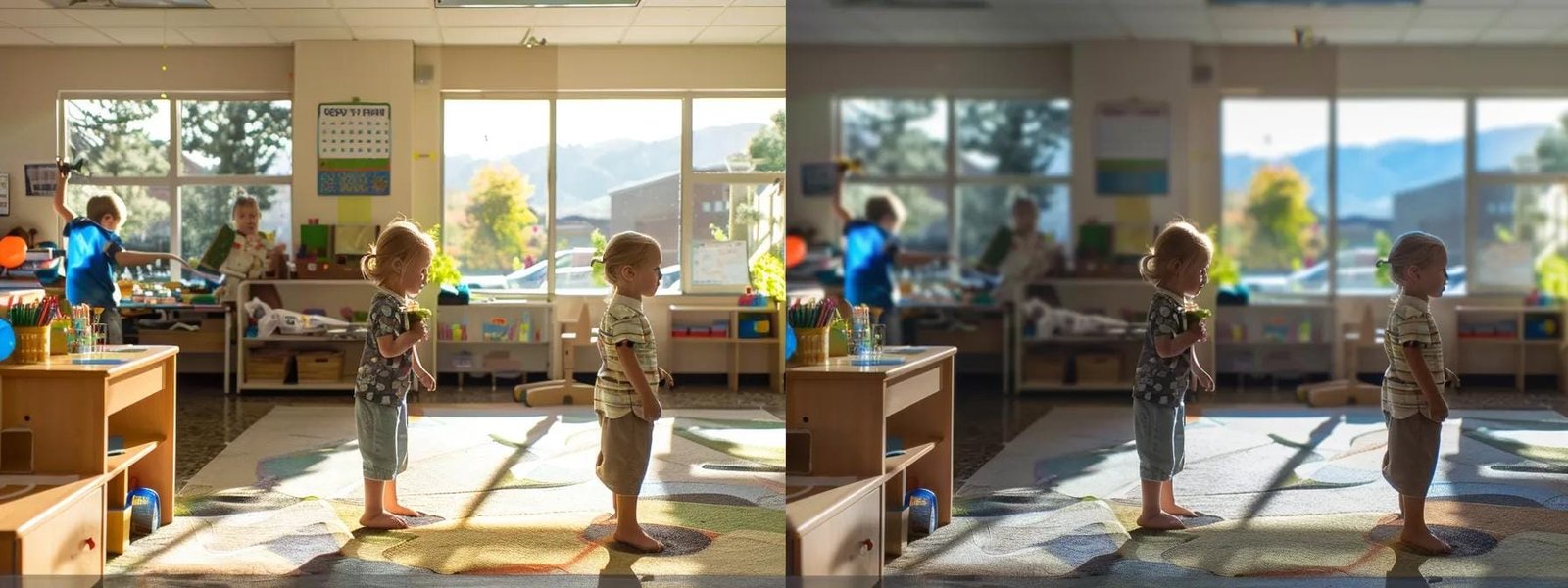Understanding Preschool Tuition Rates in Draper, UT
Understanding preschool tuition rates can feel overwhelming, especially for families in Draper,...

Understanding preschool tuition rates can feel overwhelming, especially for families in Draper,...
Choosing the right preschool in Draper can feel overwhelming for many parents. With so many...